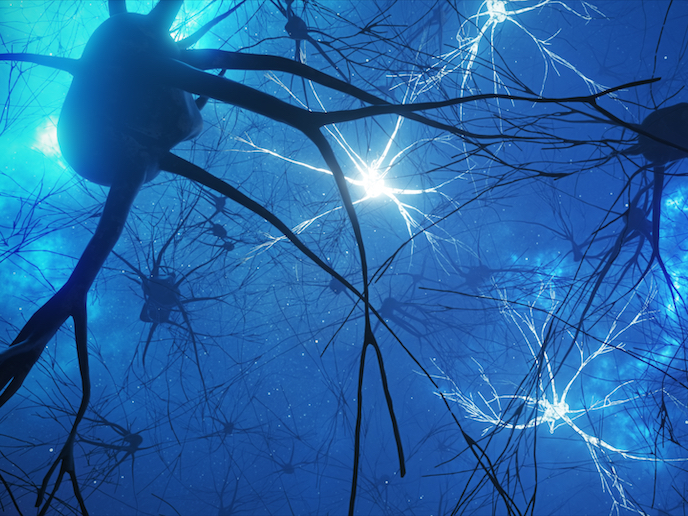Shining a new light on the potential of optogenetics
Understanding how the brain works starts with imaging. But studying more complex brain functions requires advanced technology that goes well beyond the current state of the art. Helping to fill this gap are initiatives such as the EU-funded BrainBIT project. With the ambitious goal of using light to transfer behaviourally relevant neuronal activity patterns between subjects, the project set out to develop optical technologies capable of simultaneously reading and controlling neuronal activity in such animals as larval zebra fish and mice.
Two-photon excitation for better spectral separation
Perhaps not surprisingly, doing so was even more difficult than initially expected. “Since the brain wavelengths used for fluorescence excitation and optogenetic stimulation were too close together, we risked impairing a proper separation of the two functions,” explains Francesco Pavone, a physicist at the University of Florence(opens in new window) and the BrainBIT project coordinator. To overcome this challenge, researchers switched from a one-photon excitation to a two-photon version for both fluorescence excitation and optogenetic stimulation. “Because two-photon excitation needs a wavelength that is nearly double that of the one-photon version, we were able to ensure better spectral separation,” says Pavone. The project received support from the European Research Council(opens in new window).
Using light as a neuromodulatory intervention for stroke
With the two-photon excitation in hand, the project built a cutting-edge optical system capable of providing rapid, whole-brain functional imaging of the larval zebra fish. It is also able to provide concurrent optostimulation of the arbitrary neuronal patterns. “We successfully used this system to record epileptic seizures and describe, for the first time, a peculiar propagation pattern resembling a wave travelling across the larval brain,” remarks Pavone. Leveraging a second optical set-up, the research team used optogenetic stimulation as a preclinical therapeutic intervention in mice affected by stroke. “This demonstrates the possibility of proficiently using light as a neuromodulatory intervention for improving the recovery of impaired functions after a stroke,” adds Pavone.
Converting the findings into open source
Although the BrainBIT project is now finished, Pavone has big plans for what to do with its findings. “We think the technologies developed during this project will be of great help for other neuroscientists and we want to encourage their broad adoption,” he says. “For this reason, we are planning to re-engineer the optical systems into open-source optical modules that everyone can build on their own, thus decreasing the costs of accessing these cutting-edge technologies.” Pavone is also working to further advance the project’s fast imaging system and is planning to test the use of optogenetics as a preclinical intervention to block emerging aberrant neuronal activity in zebra fish before the onset of an overt seizure. Moreover, he wants to explore whether the imaging system can be used to simultaneously record brain and heart activity.







